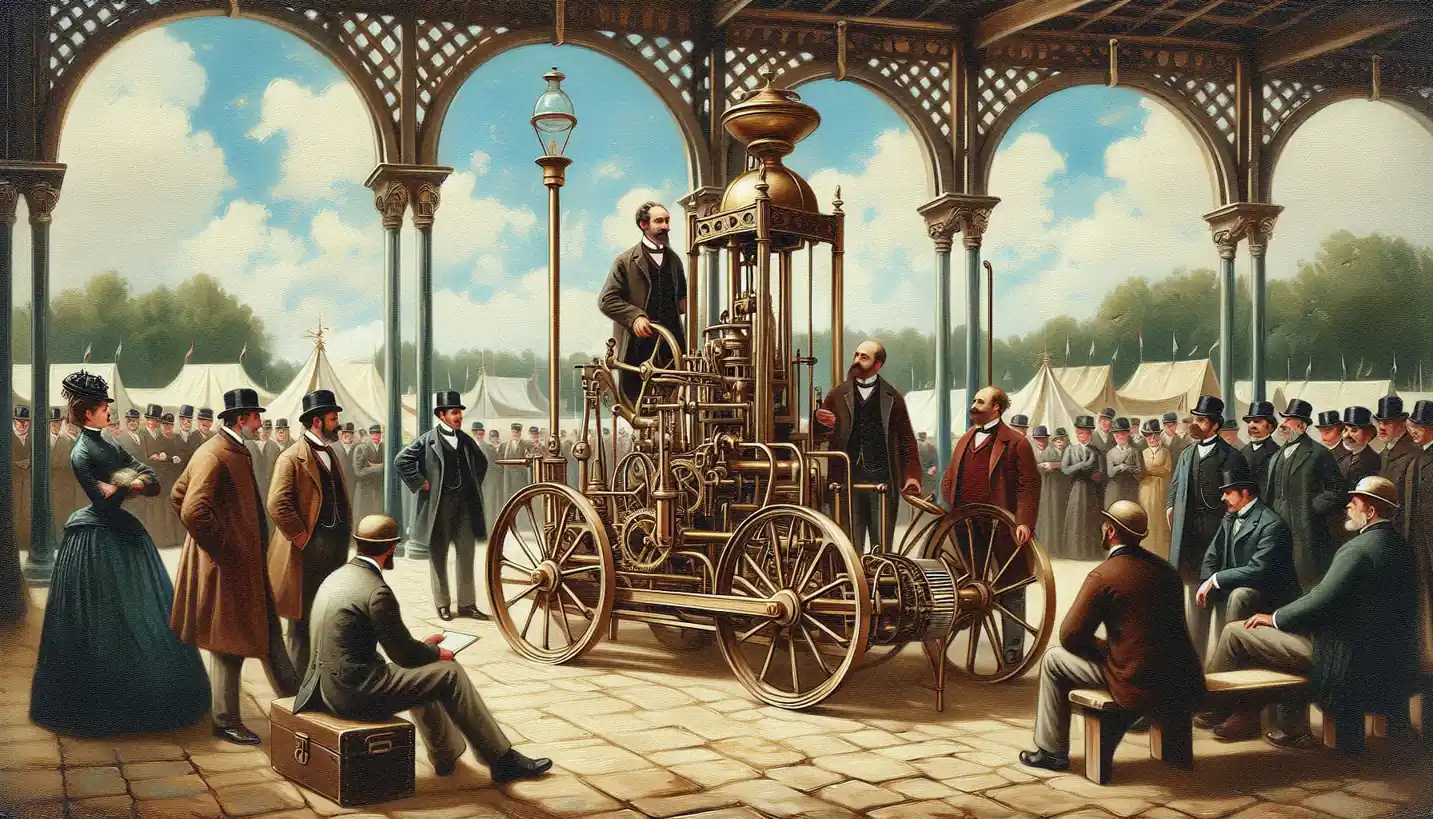· History · 4 min read
Comparative Advantage: A Journey Through Economic History
Comparative advantage is a cornerstone of economic history, illustrating how nations thrive through specialization. Discover how this principle has reshaped global trade dynamics.

When we dive into the world of economics, one of the most intriguing concepts to emerge is comparative advantage. Let’s take a closer look at its roots in economic history and see why it still matters today.
The Birth of Comparative Advantage
Back in the early 19th century, a brilliant economist named David Ricardo introduced the idea of comparative advantage. Imagine two countries producing two goods. Even if one country is better at producing both goods, it makes sense for each to specialize in what they are relatively best at. This way, both end up better off by trading. It’s like being in a group project where each person focuses on what they can do most efficiently, ensuring the best overall outcome.
Why Comparative Advantage Matters
The importance of comparative advantage lies in its impact on international trade and economic policy. It encourages countries to focus on their strengths and trade for what they’re not as good at producing. This theory forms the backbone of why nations trade and how they decide on their production strategies. It’s like a global dance where everyone plays their best role.
Stories of Comparative Advantage in Action
Take, for instance, the trade relationships between the UK and Portugal during Ricardo’s time. The UK had a comparative advantage in producing textiles, while Portugal excelled in wine. By focusing on these strengths and trading with each other, both countries benefited more than if they had attempted to produce both products on their own.
Fast forward to today, and we see similar dynamics. Countries like China have become manufacturing hubs, while nations like Germany dominate in engineering and high-tech production. Each country leverages its comparative advantage to thrive in the global marketplace.
Real-life Examples and Analogies
Think about two friends: one is great at cooking, and the other excels at fixing things. If they swap roles, the results might not be pretty. But by sticking to their strengths and helping each other out, they both enjoy better food and well-repaired gadgets. This simple analogy captures the essence of comparative advantage.
The Modern Twist on Comparative Advantage
Today, the global economy is more interconnected than ever, and comparative advantage goes beyond simple goods. Services, technology, and information are now part of the mix. Countries are forming complex supply chains, relying on each other for parts, expertise, and innovation. It’s like a vast puzzle where each piece, no matter how small, is crucial to completing the big picture.
The Challenges and Critiques
While comparative advantage offers significant benefits, it’s not without its criticisms. Some argue that it can lead to over-dependence on certain industries, making countries vulnerable to economic shifts and crises. Others point out that it can lead to job losses in industries where a country lacks advantage. These challenges remind us that while the theory is elegant, its application in the real world requires careful consideration and balance.
Expanding Our Understanding
So, where does comparative advantage take us in the future? As the world changes, so does the landscape of trade. New technologies and global challenges like climate change are influencing what nations can produce efficiently. This means comparative advantage might look different in the coming decades, adapting to new realities.
Moreover, understanding this concept can spark curiosity and answer popular questions about why countries import goods they could produce themselves or why they sometimes focus on seemingly niche markets.
Comparative Advantage’s Lasting Role
Despite the challenges, the concept of comparative advantage is a testament to human ingenuity and cooperation. It’s a reminder that even amidst competition, collaboration through trade can lead to better outcomes for everyone involved.
As we continue to explore and question the intricate web of global economics, comparative advantage stands out as a cornerstone concept, guiding nations through the complex dance of trade and production. Its relevance persists, offering insights into how we can work together more effectively in a diverse and interconnected world.

